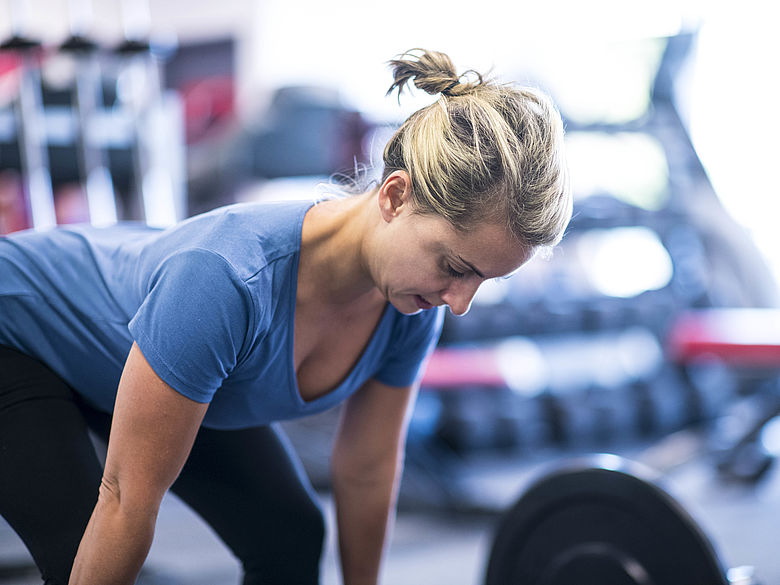With annual events like the City to Surf, the Sydney Morning Herald Half Marathon and the Blackmores Sydney Running Festival on the calendar, there has never been a better time to start strength training in the Studio. Strength training is essential to runners as it increases muscle mass, joint health, power and speed, and decreases the likely hood of injury. In short, strength training can make you a stronger, faster and technically efficient runner, and should be a staple of every amateur and professional alike. The key to strength training for runners lies in the specificity of exercises and the timing and duration of training. When we speak of specificity, we are talking about implementing exercises that are going to benefit the client, specific to their output or chosen field.
A solid running foundation requires whole body strength, with an obvious emphasis on lower body loading. A runner's structural health is just as, if not more so important than cardiovascular health and output. There's no point having a good set of lungs if you don't have a good set of legs to stand on. So you've signed up for your next race and you're wondering where to start with regards to your training inside the studio. Here we should be looking to strengthen and train our muscles and joints with specific regard to the biomechanical elements of running. Speak to your Personal Trainer about incorporating unilateral exercises, exercises that promote the triple extension of the hip, knee, and ankle, and exercises that encourage stability, power, and speed. Don't neglect the need to strengthen the upper body too. A well-rounded strength program should include upper body push and pulls, both horizontally and vertically. These can be trained in ways that will benefit your overall running biomechanics.
The timing of your strength training can also be of consequence. Try and complete your strength training on rest days with no running, or lighter running days, so as to not throw your loading for the week out of balance. Running on fatigued legs is achievable, but not always desirable as it could hamper your ability to generate speed and power in anaerobic sessions or longer runs. As a general rule of thumb, you will be the best judge of effort and recovery. Knowing when to push and when to pull back are integral parts of a sound running plan. Always listen to your body and don't be afraid to take an extra rest day if you feel you need it. In conjunction with strength work, every runner should be including some form of mobility work. Mobility encourages good joint health and complements your strength, speed and power adaptations.
If you or someone you know needs some guidance with their strength training, or are thinking about signing up to your first run, speak to your Trainer.
*Disclaimer: Individual results vary based on agreed goals. Click here for details.

